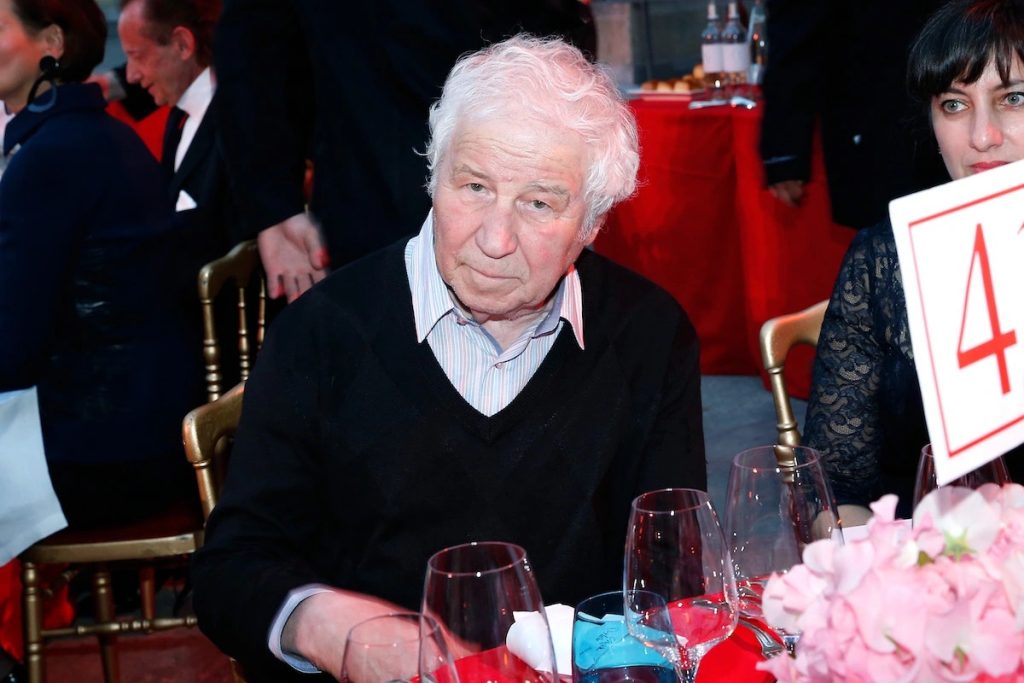Pratiksha Shome
Ilya Kabakov, an enormous artist whose works pointedly targeted the crumbling dreams of the Soviet Union and opened up new avenues for installation art, passed away on Saturday at the age of 89. His family made the announcement of his passing that day.
Before leaving for the West in 1987, Kabakov spent decades living in the Soviet Union, where he took up the numerous failures of that country in gigantic constructions. Kabakov provided viewers throughout the world with heightened versions of the realities he lived by creating the worlds of imagined characters through room-size artworks.
In contrast to the officially sanctioned art being produced in the Soviet Union, Kabakov’s visions were unflinching, depressing, and overtly critical of the regime. Because of this, he rose to prominence in the Soviet Union’s “unofficial” art scene by clandestinely—and sometimes dangerously—creating works that existed outside of the mainstream.
Although these works could not be realised in the Soviet Union, they could be. After the Cold War ended, Kabakov achieved recognition in the West, which ultimately led to a change in Russian art, where many artists have drawn inspiration from his work. He and his wife Emilia had a retrospective at Tate Modern in 2018, and art historian Claire Bishop referred to him as “the paradigmatic installation artist.”
Kabakov’s breakthrough occurred in 1988 when he opened a solo exhibition at Ronald Feldman Fine Arts in New York and became an overnight sensation. The performance he put on there, “Ten Characters,” was a collection of pieces that mimicked the appearance of the 10-room communal flat where Kabakov had lived as a child. The many people who couldn’t afford to live alone sometimes lived in shared apartments, and Kabakov remembered his as having rooms each occupied by an unidentified person.
The most well-known of these, The Man Who Flew into Space from His Flat (1985), had a segregated area with walls covered in Soviet propaganda art. A crude catapault that the inhabitant allegedly used to propel himself out of the chamber hangs from a hole in the ceiling in the middle of the room. If the Soviet Union had claimed that the space race would lead to human advancement, this local appears to have taken matters into his own hands, most certainly failing to reach the stars.
The exhibition was well-received by critics. For this tourist, it surpasses the theatre by a wide margin, according to John Russell’s New York Times article. According to Kirby Gookin’s article in Artforum, “the truthful expression of unadulterated identities is laid bare, unprotected by convention.”
Source: ARTnews





